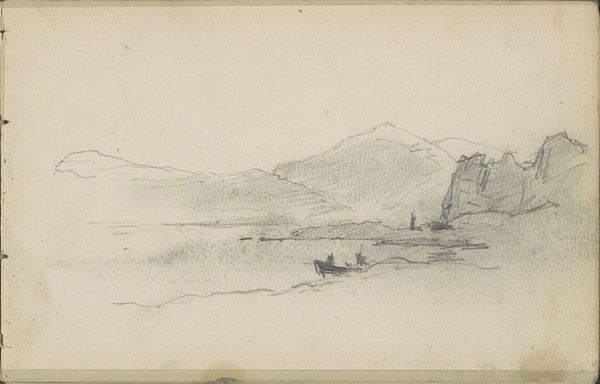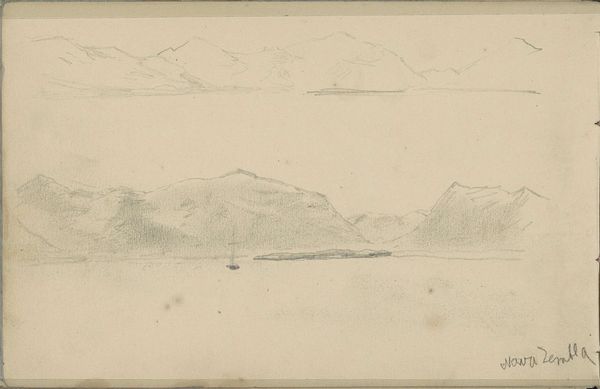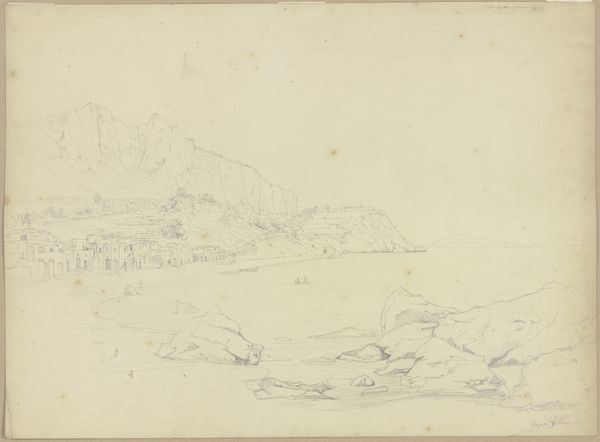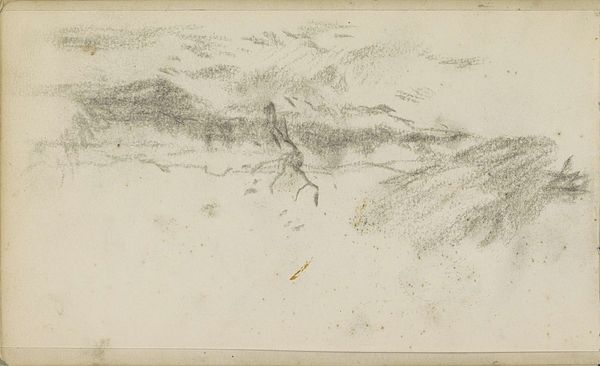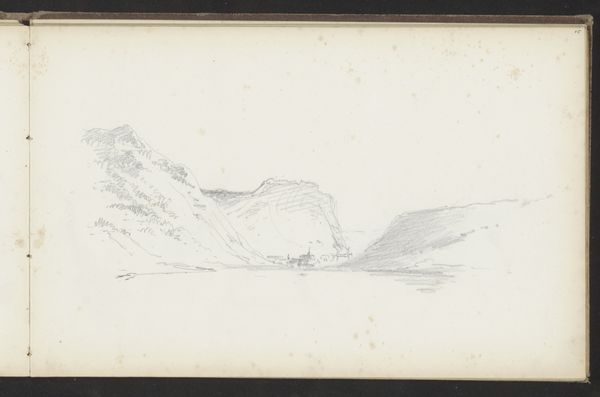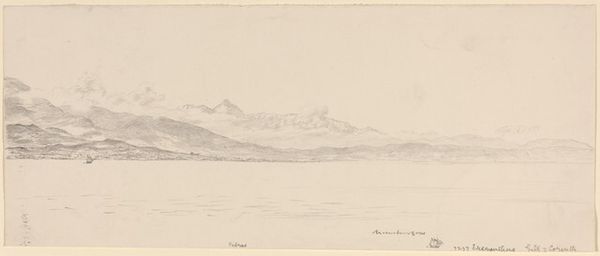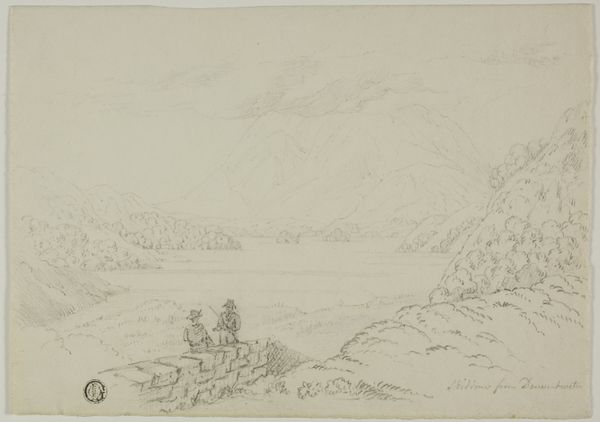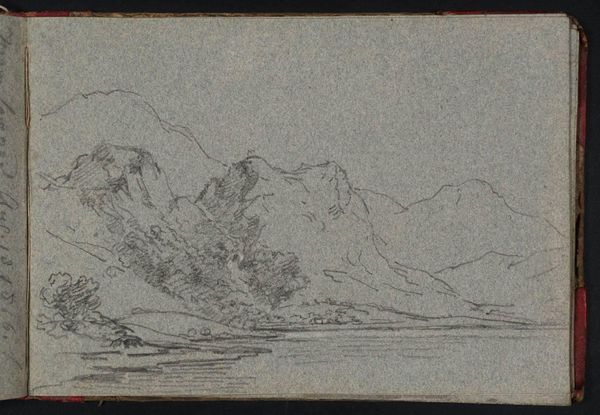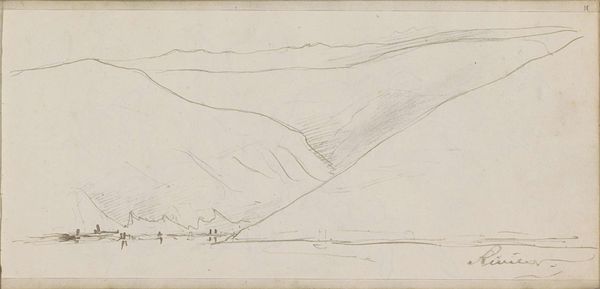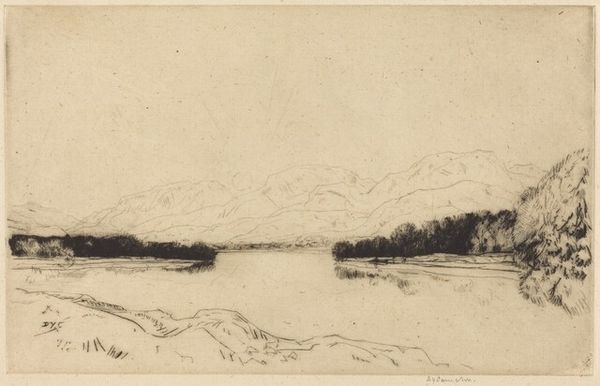
drawing, plein-air, pencil
#
drawing
#
impressionism
#
plein-air
#
pencil sketch
#
landscape
#
pencil
#
realism
Copyright: Rijks Museum: Open Domain
Louis Apol made this sketch of Cross Bay in Nova Zembla using graphite around the year 1881. Apol was known for his winter landscapes. What might seem like a straightforward depiction of arctic scenery, however, has a broader context within the history of Dutch exploration and scientific discovery. The Dutch had a strong presence in the Arctic from the late 16th century onwards, driven by the desire to find a northern sea route to Asia. Willem Barentsz, for whom the Barents Sea is named, made several voyages in the 1590s, charting the coastline of Nova Zembla. Although he didn’t find a passage to Asia, his explorations were important for geographic knowledge. So, Apol’s sketch may seem neutral, but it’s loaded with cultural meaning. It represents a time when the European powers were extending their reach into the most remote corners of the globe, mapping and claiming territory. When we interpret art, we must consider the social conditions that shaped its production. Historical archives, maps, and scientific documents are important sources for understanding it.
Comments
No comments
Be the first to comment and join the conversation on the ultimate creative platform.
